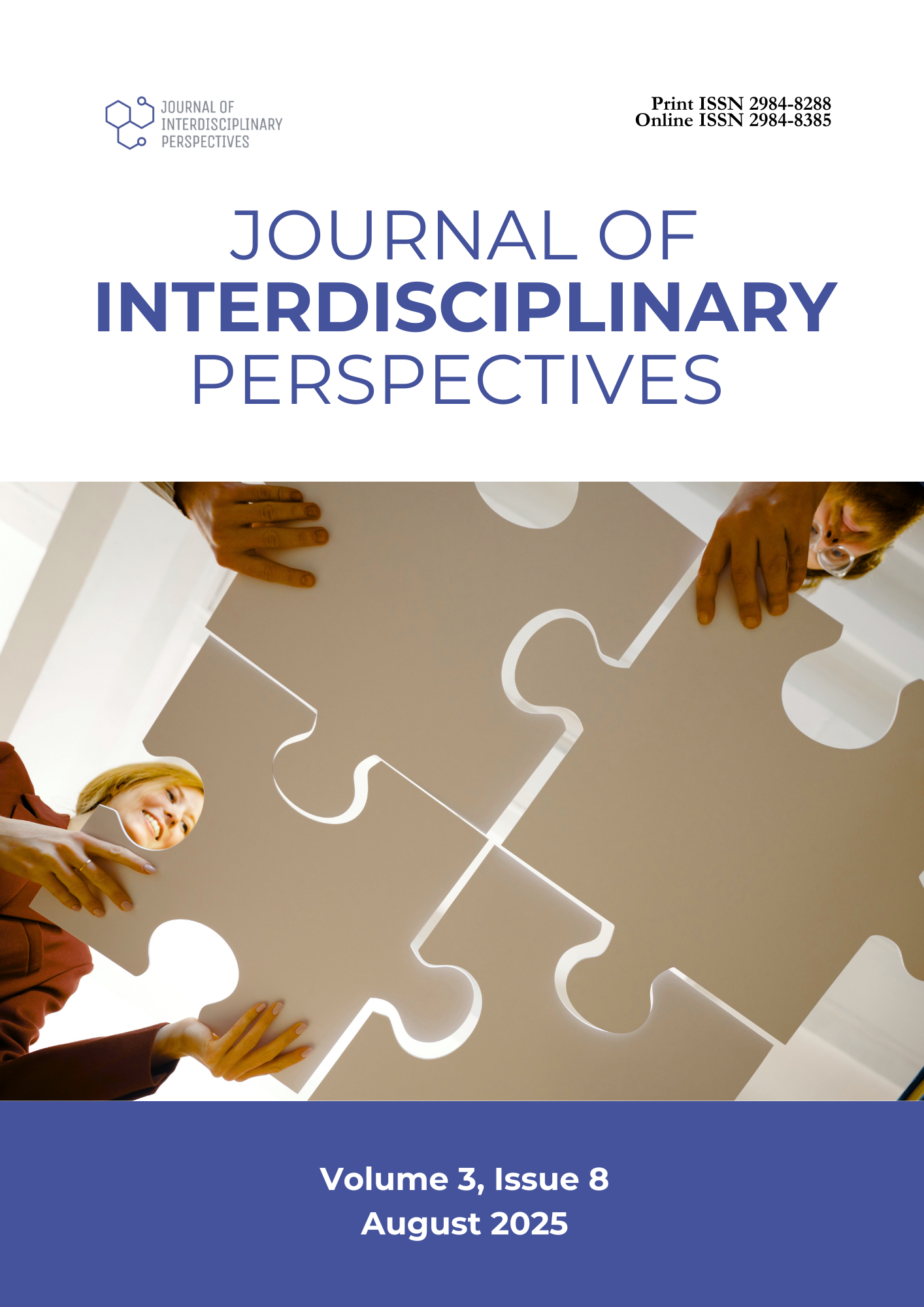Academic Goals and Aspirations of the Indigenous Students
DOI:
https://doi.org/10.69569/jip.2024.196Keywords:
Indigenous People, Education, Social mobility, AspirationsAbstract
This study investigated the educational experiences of Indigenous Filipino students at a Philippine state university. The study aimed to provide narratives of their lived experiences in their academic goals and aspirations. The researcher employed Interpretative Phenomenological Analysis (IPA) and utilized Indigenous Standpoint Theory to ensure that the perspectives and voices of Indigenous students were heard. Data were gathered through in-depth interviews and focus group discussions and analyzed using key themes and subthemes. The study highlights the significance of education in fostering social mobility and enhancing personal and community empowerment. It also highlights the role of social capital in supporting indigenous youths' efforts to pursue higher education. The participants suggested several changes to university services to support Indigenous students, including creating an Indigenous Student Organization and a cultural awareness program, establishing Indigenous scholarships, and incorporating cultural topics into university orientations.
Downloads
References
Adonis, P. B., & Couch, D. (2017). Cultural beliefs and coping strategies of Indigenous students: The Igorot experience in a Philippine university. Asia Pacific Journal of Multidisciplinary Research, 5(4), 73–80.
Bailey, K. A. (2016). Racism within the Canadian university: Indigenous students’ experiences. Ethnic and Racial Studies, 39(7), 1261–1279. https://doi.org/10.1080/01419870.2015.1081961
Bandias, S., Fuller, D., & Larkin, S. (2013). Vocational education, Indigenous students and the choice of pathways. Australian Journal of Indigenous Education, 42(1), 29–40. Retrieved from https://tinyurl.com/4jbsrfbd
Behrendt, L., Steven L., Robert G., & Patricia, K. (2012). Review of higher education access and outcomes for Aboriginal and Torres Strait Islander people: Final report. Canberra: Department of Industry, Innovation, Science, Research and Tertiary Education. https://opus.lib.uts.edu.au/bitstream/10453/31122/1/2013003561OK.pdf
Currie, C. L., Wild, T. C., Schopflocher, D. P., Laing, L., & Veugelers, P. (2012). Racial discrimination experienced by aboriginal university students in Canada. Canadian Journal of Psychiatry. Revue Canadienne De Psychiatrie, 57(10), 617–625. https://doi.org/10.1177/070674371205701006
Department of Education. (2015). Policy guidelines on Indigenous Peoples Education (DepEd Order No. 32, s. 2015). Retrieved from https://tinyurl.com/yc8s2d49
DepEd. (2021). DepEd marks 1st decade of Indigenous Peoples Education Program (IPEd) with 2.5M learners served. Retrieved from https://tinyurl.com/5n856euf
Eduardo, J. P., & Gabriel, A. G. (2021). Indigenous peoples and the right to education: The dumagat experience in the provinces of nueva ecija and aurora, in the philippines. SAGE Open, 11(2), 215824402110094. https://doi.org/10.1177/21582440211009491
Milne, T., Creedy, D. K., & West, R. (2016). Integrated systematic review on educational strategies that promote academic success and resilience in undergraduate indigenous students. Nurse Education Today, 36, 387–394. https://doi.org/10.1016/j.nedt.2015.10.008
Morgan, D. (2003). The intersection of education and Indigenous rights: A comparative study. University of Queensland Press.
Nelson, K., & White, P. (2018). Supporting Indigenous students in Australian higher education. Journal of Student Affairs Research and Practice, 55(1), 79–91.
Reyes, W. A., Francisco, M. T., & Sandoval, K. C. (2019). Educational aspirations and motivations of Aeta college students in the Philippines. Journal of Education and Human Development, 8(3), 42–50.
Rogayan, D. V. Jr. (2019). Challenges and coping strategies of Aeta students in higher education. International Journal of Educational Management, 33(5), 1114–1130.
Shalley, F., Smith, J. A., Wood, D., Fredericks, B., Robertson, K., & Larkin, S. (2019). Understanding completion rates of Indigenous higher education students from two regional universities: A cohort analysis. National Centre for Student Equity in Higher Education. Retrieved from https://tinyurl.com/msvhk5k3
Smith, L. T., Tuck, E., & Yang, K. W. (2016). Indigenous and decolonizing studies in education: Mapping the long view. Routledge.
Soria, K. M., Roberts, B. J., Horgos, B., & Hallahan, K. (2020). Undergraduates’ experiences during the COVID-19 pandemic: Disparities by race and ethnicity. https://escholarship.org/uc/item/1rf4p547
The World Bank. (2021). Indigenous Peoples. Washington, DC: The World Bank. Retrieved from https://www.worldbank.org/en/topic/indigenouspeoples
Thomas, K., Ellis, B., Kirkham, R., & Parry, L. (2014). Remote indigenous students: Raising their aspirations and awareness of tertiary pathways. Australian and International Journal of Rural Education, 24(2), 23–35. https://doi.org/10.47381/aijre.v24i2.684
Trudgett, M., & Sullivan, P. (2017). Indigenous student experiences of higher education: Cultural safety and support. Journal of Australian Indigenous Issues, 20(4), 28–45.
United Nations. (2018). Education. https://sdgs.un.org/goals/goal4
Downloads
Published
How to Cite
Issue
Section
License
Copyright (c) 2025 Journal of Interdisciplinary Perspectives

This work is licensed under a Creative Commons Attribution-NonCommercial 4.0 International License.








